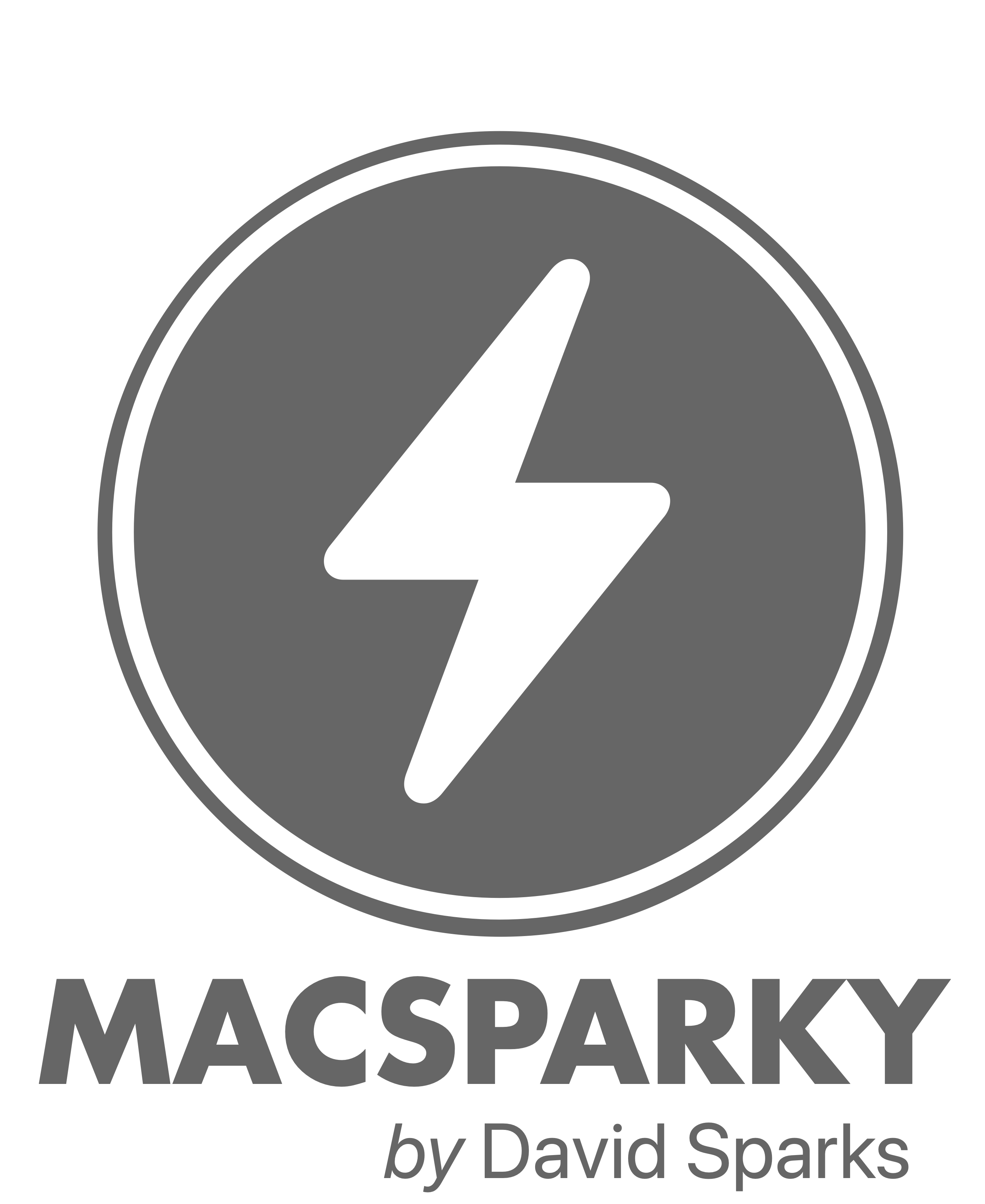On Monday’s Keynote Apple showed off a much improved watchOS 3 operating system. When I saw the increased speed on the stage, I had my doubts. As you may recall, when Apple originally announced the watch, we saw a lot of similar demos about how amazing and fast the watch was and we later discovered that most apps were simply too slow to use on the watch.
According to legend, when Apple first announced the original Macintosh, they had a souped-up version with extra RAM. Part of me wondered if there was some sort of similar magic trick at work on Monday. Then I got to take a look at the new software running on some developer friends’ watches here at WWDC the last few days and I’m relieved to report that the watch improvements are for real. Apps do launch fast and the watch is significantly snappier.
Apple is pulling this off by using some for the watch’s extra memory to keep apps in memory and allow background refreshes. Another reason for this significant improvement is that Apple has loosened up the watch’s battery usage. With the initial launch of the Apple Watch, Apple was very conservative about battery life. They did not want the story to be that their watch ran out of juice at 5pm. As a result, the watch is very stingy about power usage and I often end up with my watch battery only about half-used at the end of the day. With watchOS 3, they’ve loosened up the battery restrictions and push the processor in the watch a little harder.
The end result of all of this is that the existing hardware is much faster and more useful. Amen.
Another promising development is the watch user interface. There are only two buttons on the watch. One of them (the big one) was dedicated to the friends screen, which hardly anybody uses. I can sympathize with why Apple gave this feature such prominence in initial development. In Cupertino, all Apple employees have Apple Watches and this feature makes a lot more sense in those circumstances. That, however, isn’t true for everyone. So instead of doubling down on the friend button they’ve repurposed it as a dock button that lets you flip between apps.
So I’ve played with a few watches now using watchOS 3 (although I haven’t installed the beta on my watch … yet), I’m happy to report from WWDC that your Apple Watch is about to get a lot better.











